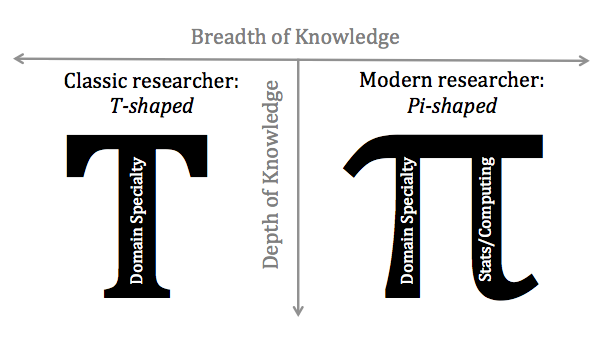Rethinking teaching statistical computing
Nicholas Tierney
Monash University
SSA Vic Meetup
Tuesday 31st July, 2018
njtierney.com/talks
Who has taught Statistics?
Who is being taught statistics?
Meet your neighbour
"What are you teaching?"
"What are you learning?"
"Who taught you statistics?"
Who thought they had to learn programming?
In the words of Alex Szalay, these sorts of researchers must be "Pi-shaped" as opposed to the more traditional "T-shaped" researcher. In Szalay's view, a classic PhD program generates T-shaped researchers: scientists with wide-but-shallow general knowledge, but deep skill and expertise in one particular area. The new breed of scientific researchers, the data scientists, must be Pi-shaped: that is, they maintain the same wide breadth, but push deeper both in their own subject area and in the statistical or computational methods that help drive modern research:
My journey
Psychology
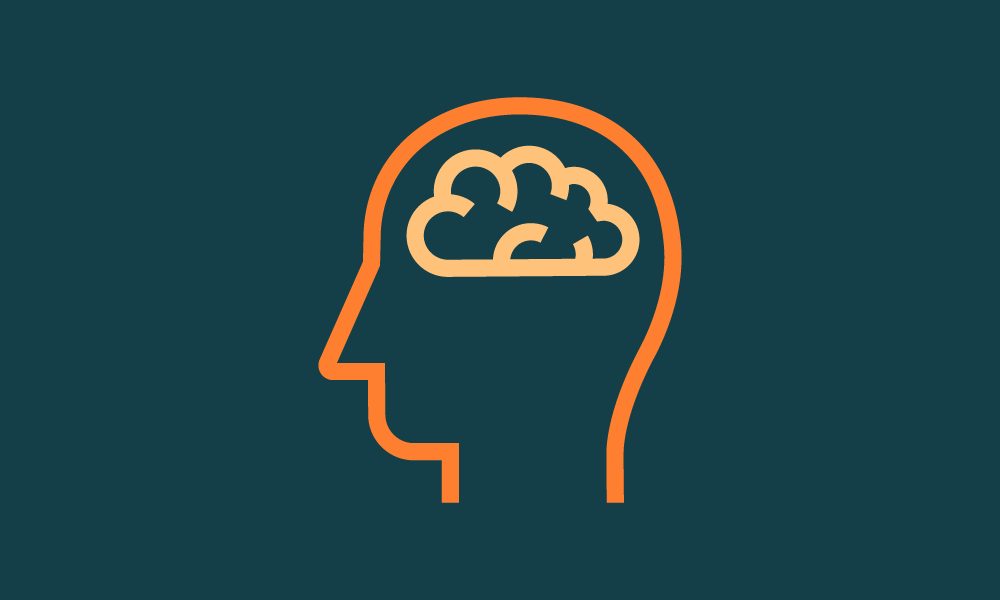
PhD statistics
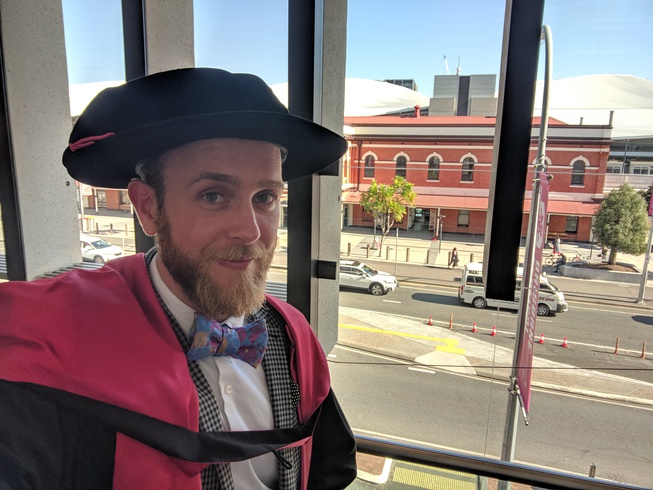
Teaching statistics

R packages
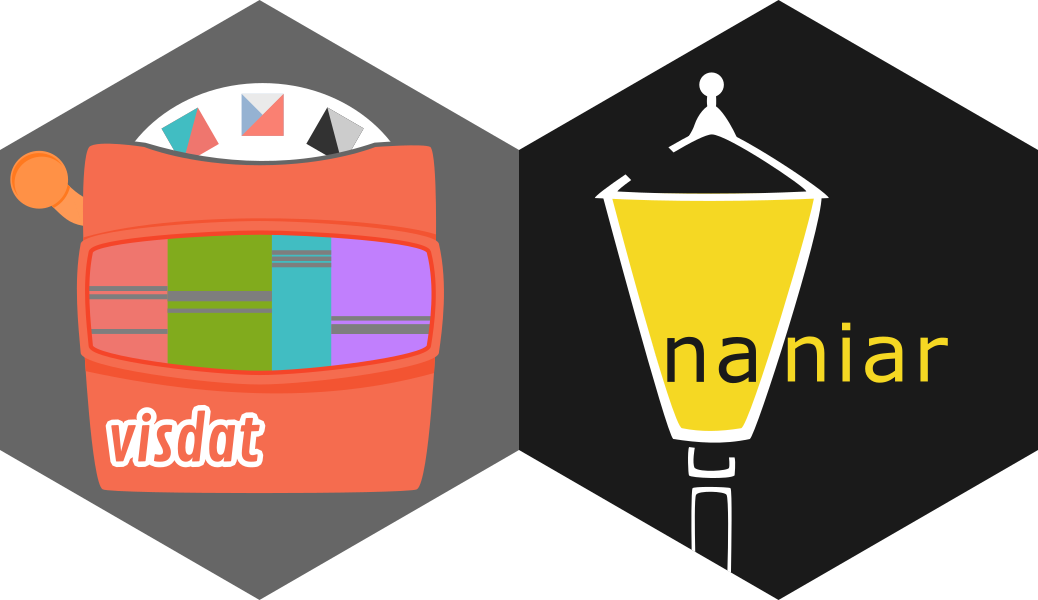
visdat.njtierney.com
naniar.njtierney.com
Post Doc
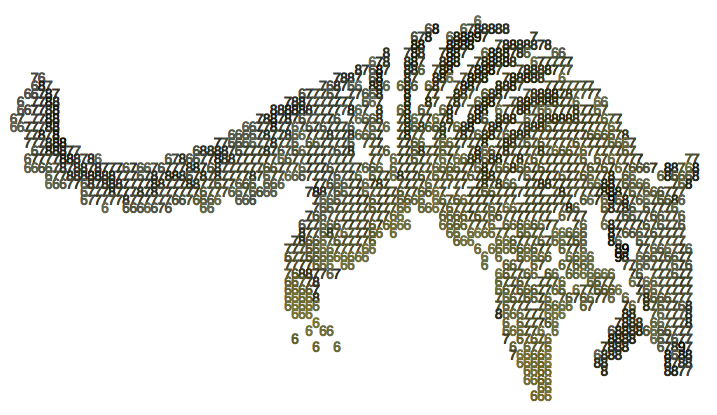


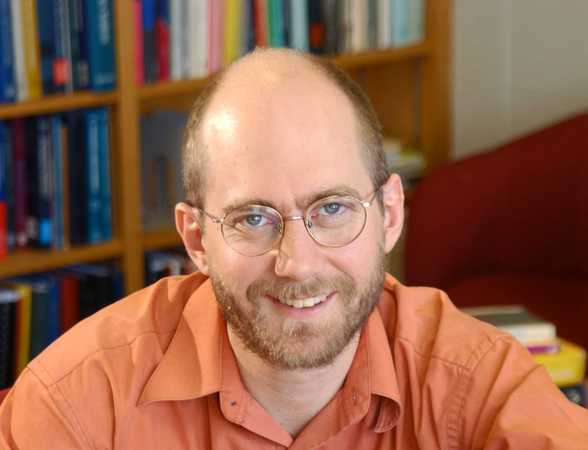
s
- discuss how I took this course
Learning is a three part process, in which a student:
- Receives information accurately
- Remembers the information (long term memory)
- In such a way that they can reapply the information when appropriate
(Teaching is whatever helps a student do that)
Taken from Garret Grolemund's Teach the Tidyverse
Course climate:
- Establish early
- Make Uncertainty Safe
- Get students talking < 5 min
- Resist a Single Right Answer
Course climate:
Watch dismissive language
"This has an obvious solution"
"Just download the R package"
"Oh that's easy, just do this ..."
"Simply..."
Feedback
Frequent Feedback Opportunities
Meghan Duffy's: "Sticky Notes as a teaching and lab meeting tool"


Understanding learning
- Growth and fixed mindsets
- Reframe success + failure as opportunities for growth
Reframing
From
"I'll never understand"
"I just don't get programming"
"I'm not a maths person"
Reframing
From
"I'll never understand"
"I just don't get programming"
"I'm not a maths person"
To
"I understand more than I did this morning"
"I can learn how to program"
"Compared to this morning, I've learnt quite a bit!"
Practical approaches
- Balance Lecture with Exercise:
- 5-10 min lecture, then
- 1-10 min exercises
- Use live coding
Recap
- Course climate: Establish early
- Provide Frequent Feedback Opportunities (sticky notes)
- Understand growth and fixed mindsets
- Balance Lecture with exercise
- Use live coding
- Teach using R Markdown
Where to from here?
- How learning works
- RStudio education
- The carpentries: instructor training
- The carpentries - how we operate
- The carpentries - live coding
- Garrett Grolemund's advice on teaching
- Learning rmarkdown
- Meghan Duffy's: "Sticky Notes as a teaching and lab meeting tool"
- Garret Grolemunds Teach the Tidyverse
- Article by Jake van der Plas on the pi-shaped research
- Ville Tervo article on T and Pi skills
